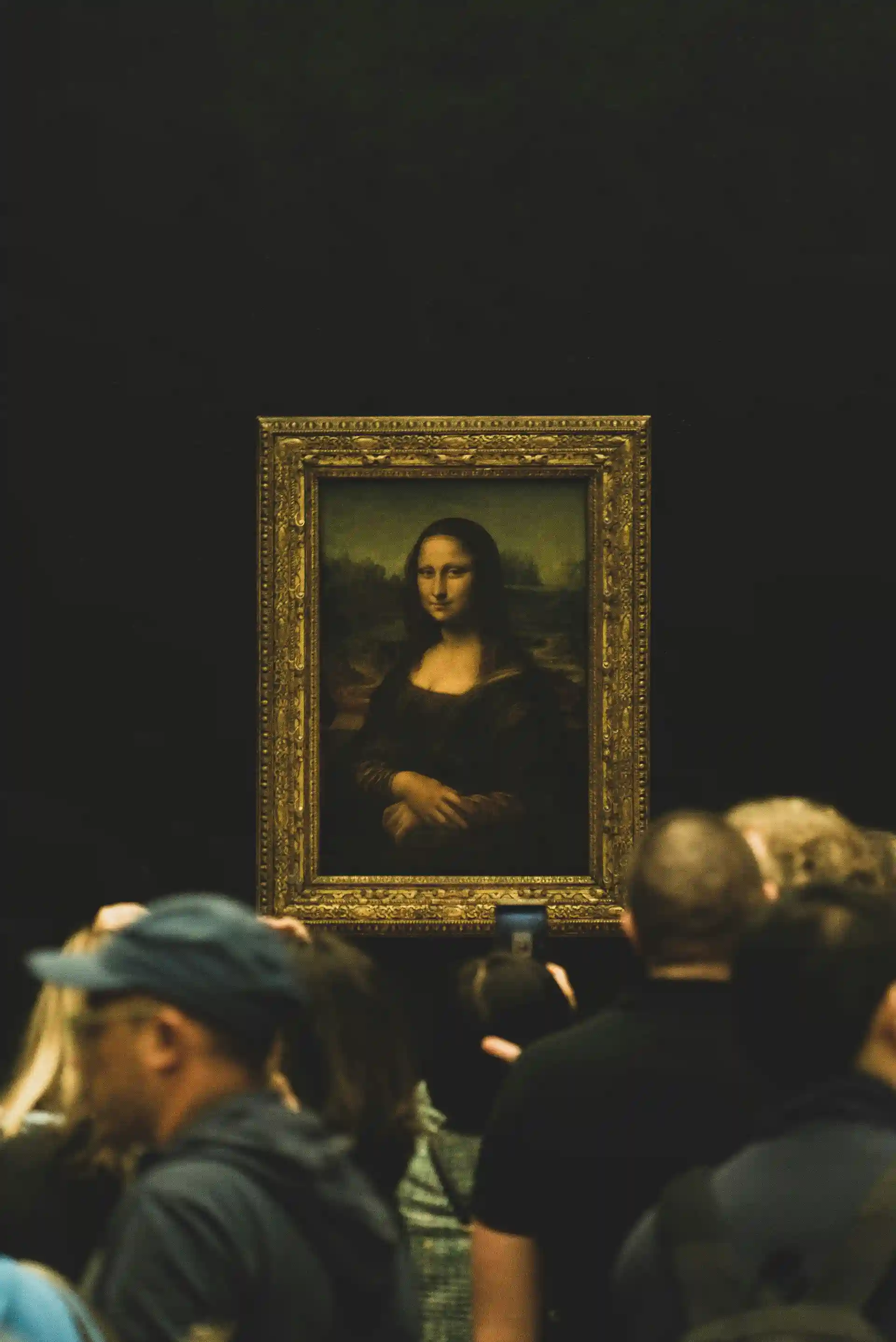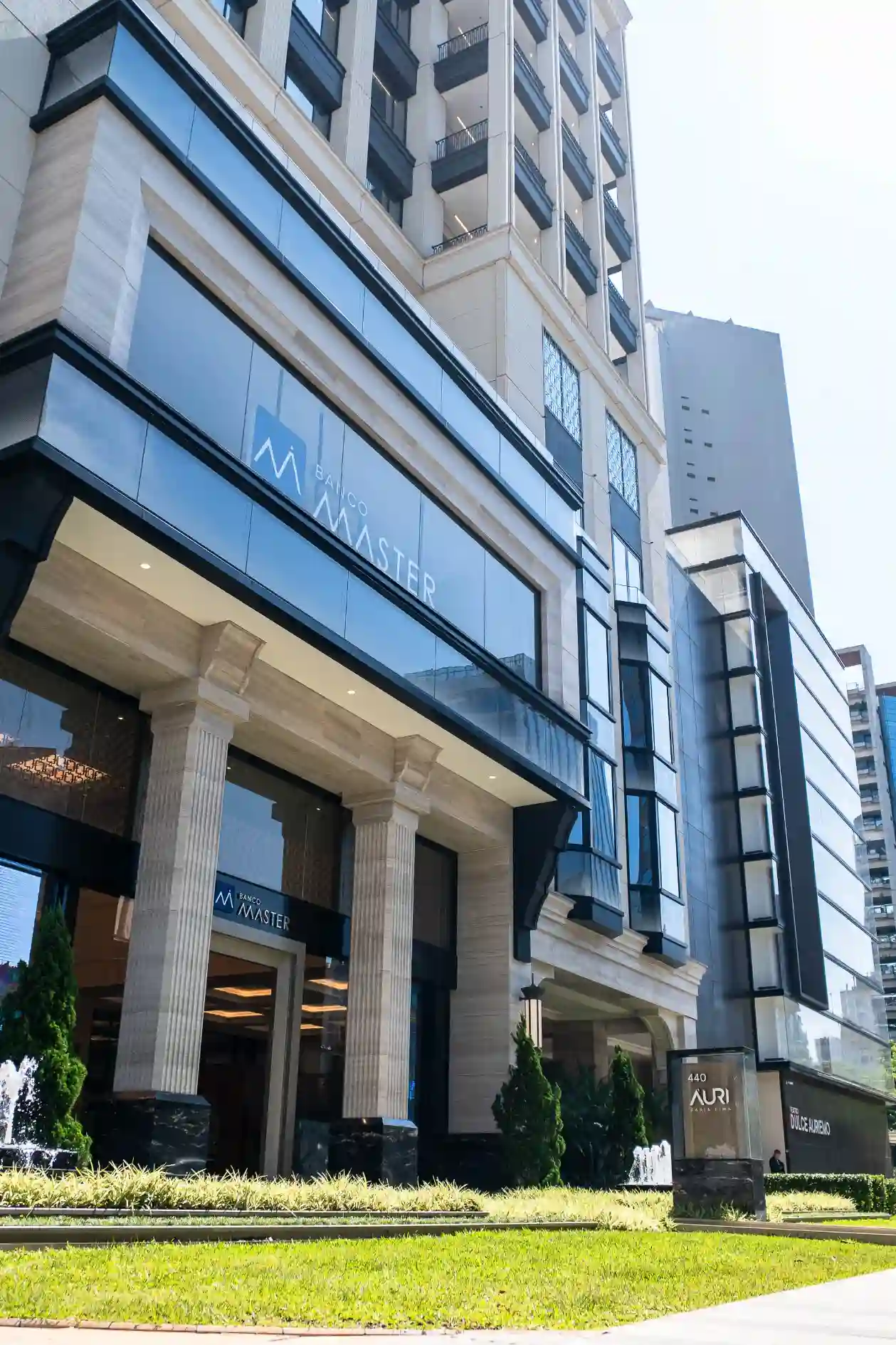What the Louvre case reveals about systemic security failures

Ignored audits, outdated systems and weak passwords: the security collapse at the world's largest museum is a portrait of what happens when GRC turns red tape
The theft from the Musée du Louvre in October 2025 brought to our attention something that security experts already knew, but which, now, has become visible to the world: the fragility of institutions that treat governance as a formality. Instead of preventing risks, the museum collected ignored alerts, outdated systems and fragile controls. And he paid dearly for it.
Post-incident detection revealed that critical video surveillance servers were accessible with the password “LOUVRE”. A second system, from the Thales Group, a technology supplier for the museum, operated with the standard password “THALES”. These findings, far from being punctual, had already been recorded almost a decade earlier.
In December 2014, the Agence nationale de la sécurité des système d'information (ANSSI) carried out a complete audit of the Louvre's IT systems. The report warned, among other flaws, about the use of weak credentials, lack of segregation of roles and legacy systems running outdated versions of Windows (such as Windows XP and Server 2003). The recommendations included urgent password review, migration to updated versions of software and enforcement of hardening policies, but there is no public confirmation that these measures have been fully adopted.
What we know so far:
· The password “LOUVRE” was registered on CCTV servers since at least 2014.
· Thales's system, also critical, used the standard password “THALES”.
· Several devices operated without security patches applied.
· ANSSI had warned of these risks more than a decade before the incident.
· The museum did not confirm whether the passwords remained active until 2025.
· There is no public evidence that these credentials were used directly in the theft of jewelry on October 19, 2025, but their use strongly symbolizes a serious management failure.
Ignored governance turns material risk
The Louvre case reveals what happens when auditoriums are seen as rituals and not as instruments of transformation. This is not an incident caused by weak technology. This is inefficient governance. Governance that does not monitor, does not correct, does not require traceability and does not integrate technology, information security and compliance into a continuous ecosystem.
How Vennx captures this scenario
For Vennx, the case of the Louvre is not just an anomaly, it is the reflection of a pattern still recurring in large institutions: the dissonance between diagnosis and action. Auditing is not enough.Governance requires real-time response, continuous visibility and automated fault correction. That's why our customers operate with technologies like Oracle, which detects and corrects unauthorized access without relying on manual processes, and SoD Discovery, which delivers function segregation matrices with unprecedented accuracy and speed. It is not enough to identify the risk, it is necessary to ensure that it does not remain active for a decade.
The question that remains for companies is simple:
If a password like “LOUVRE” can survive for years without revision, how many critical accesses are today forgotten in its structure?
Posts Relacionados
Informação de valor para construir o seu negócio.
Leia as últimas notícias em nosso blog.


Banco Master: the largest settlement of SFN and the real alert for governance, risks and compliance.
The fall of Banco Master confirms: GRC without integration is a real risk.





